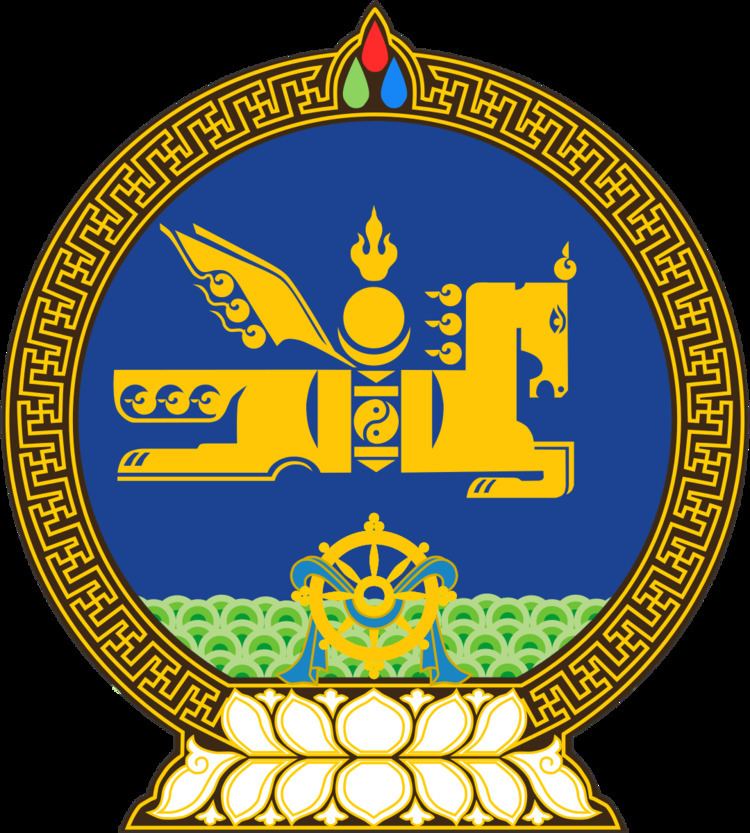 | ||
Tulpar (Kazakh: Тұлпар, Bashkir: Толпар, Tatar: Тулпар, Kyrgyz: Тулпар, Turkish: Tulpar) is a winged or swift horse in Turkic mythology (for example, Kazakh and Tatar mythology), corresponding to Pegasus. Tulpar is also in state emblems of Kazakhstan, Mongolia and Bashkortostan
Tulpar came to be was due to the nature of the people in Central Asia: focused around a hunting life. The people hunted with horses, with the company of a bird of prey. These two animals, with the human imagination, formed into one creating the winged horse known as Tulpar.
This mythical creature has also been used as state symbols of Kazakhstan – the emblem of which is decorated with two golden Tulpars, the top of the yurt (the yurt is a traditional tent where the Kazakhs lived) and the sun rays. The blue background represents the sky where the Tulpars run.
Tulpar is the legendary horse that appears in culture of Turkic-speaking nations (Turks, Uzbeks, Kazakhs, Kyrgyz, etc.). The association of a bird with a horse can also be changed to that of a sight hound. A picture of a sight hound coming together with a picture of a legendary horse allowed for the word Tulpar to form, which is the kennel name.
The wings were not necessarily for flight but to emphasize their speed. This is the case for the Tulpar. These horses shared their lives with their masters.
